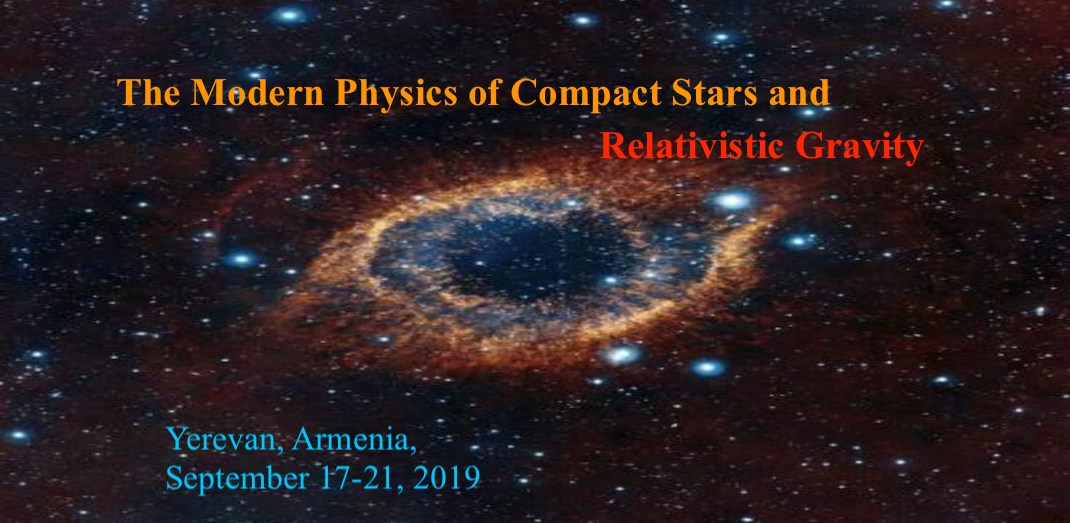Speaker
Description
An effective, multi-polytope equation of state (EoS) model is used to study the so-called “mass twins” scenario, where two compact stars have approximately the same mass but (significant for observation) quite different radii. Stellar mass twin configurations are obtained if a strong first-order phase transition occurs in the interior of a compact star. In the mass-radius diagram of compact stars, this leads to a third branch of gravitationally stable stars with features that are very different from those of white dwarfs and neutron stars. Rotating hybrid star sequences are discussed in the slow rotation approximation and in full general relativity and conclusions are drawn [1] for an upper limit on the maximum mass of nonrotating compact stars that has recently been deduced from the observation of the merger event GW170817.
[1] D. Blaschke et al., arXiv:1906.02522 (2019)
